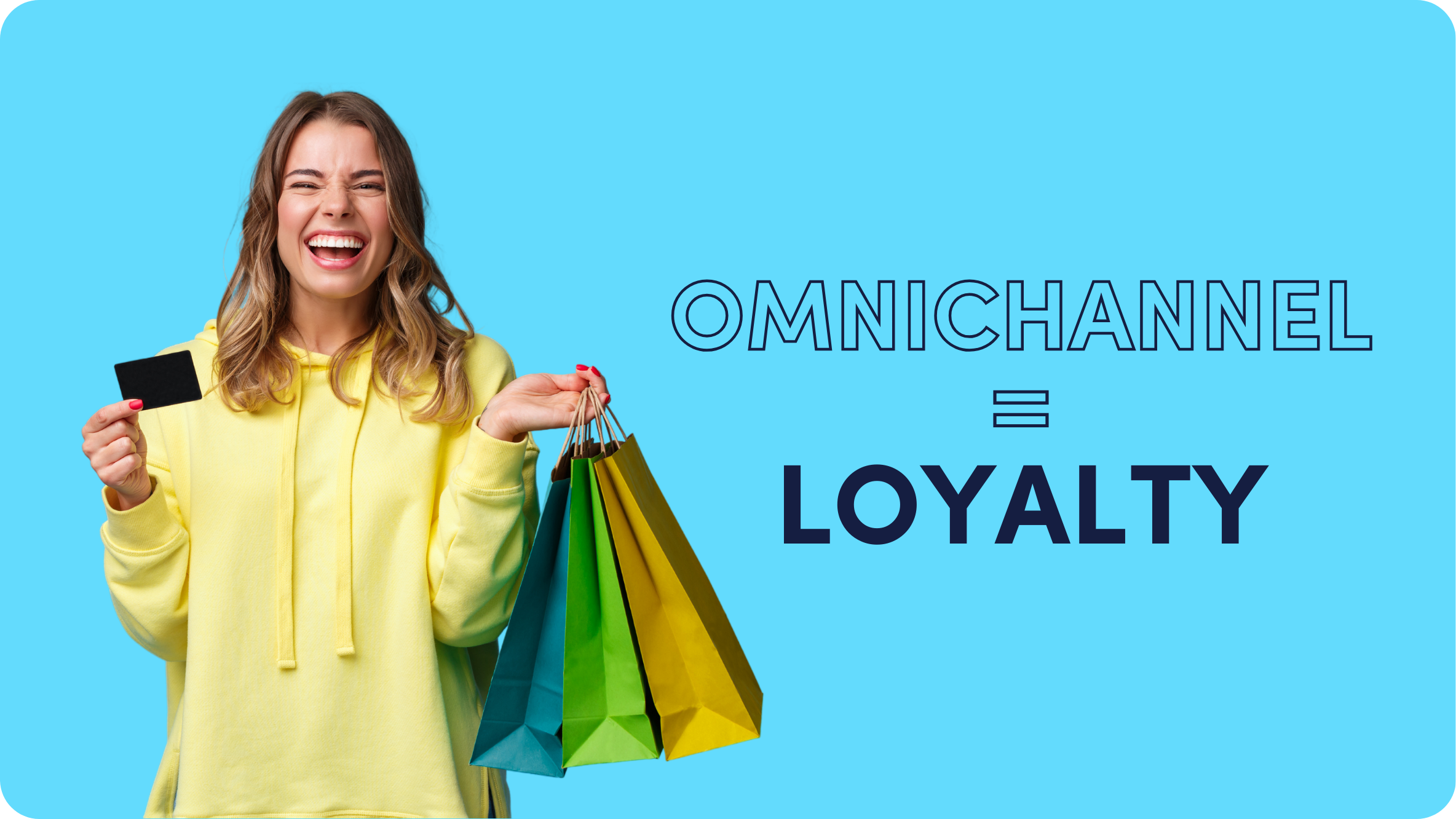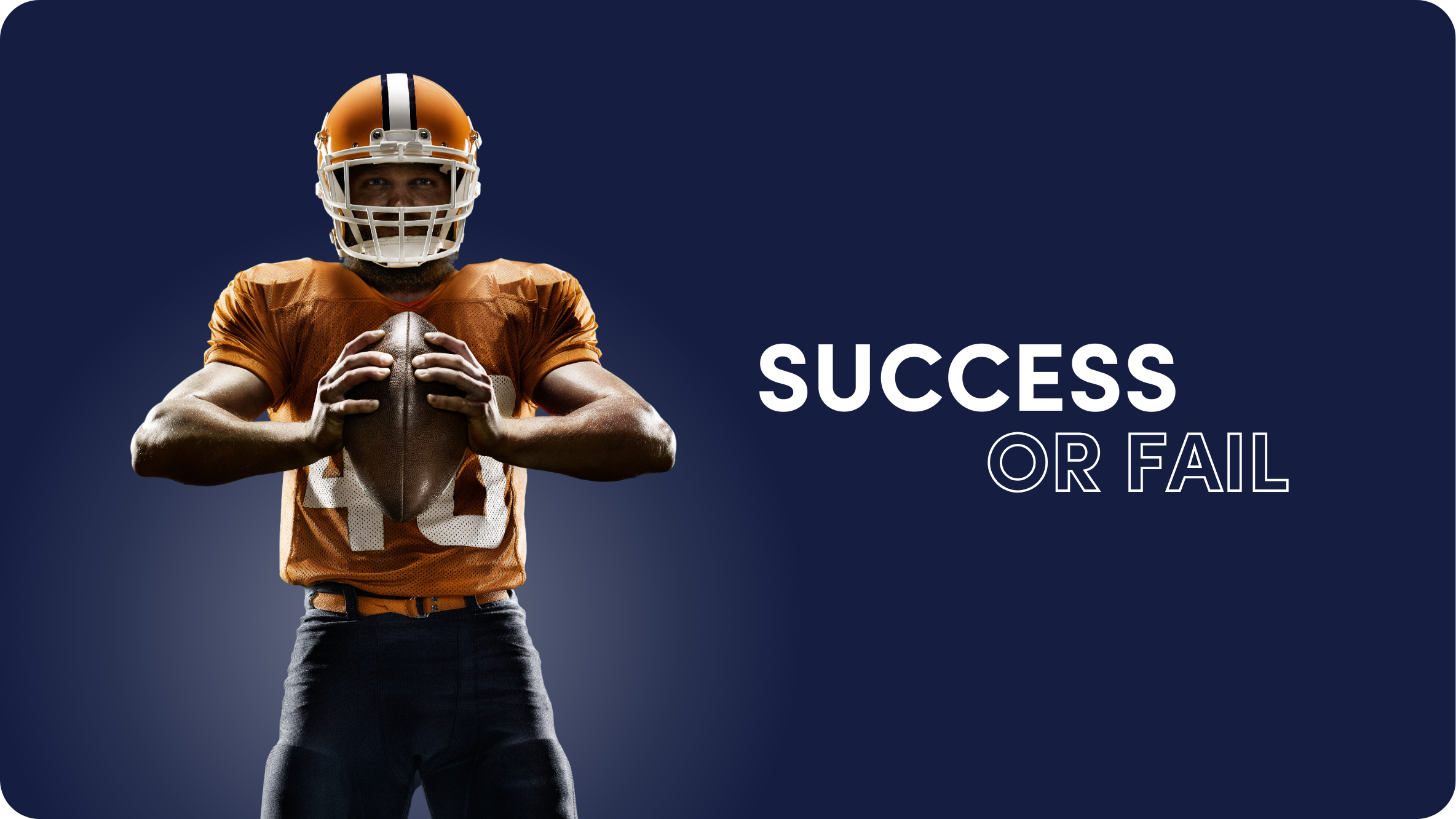4 Steps for Building and Increasing Brand Visibility

Stories of successful media campaigns often feature a brand going against the grain of common knowledge to create a uniquely innovative strategy. It is easy to follow the usual marketing cliches and methods. But distinctiveness is integral to brand awareness. The cost of a memorable marketing campaign is creativity and originality. In the sea of businesses in your industry, make your brand stand out.
This article highlights unconventional approaches to building brand awareness, drawing from examples of companies who have pulled it off successfully.
#1 Podcasting
Podcast statistics are soaring as monthly listening now stands at 37% (104 million) of the population, a rise from the previous 32% in 2019. This means there are huge opportunities for brands to make their mark with podcast marketing. After all, to build an audience is to deliver value. Through podcast episodes, you can communicate your brand’s message, tell your stories, educate your audience, and more.
Besides, the show does not have to be about your brand; it should be about finding out what your audience wants and drawing connections from their needs to your brand’s personality. The Trailblazers podcast run by Dell Technologies, for instance, is not about Dell. Instead, episodes of the show tell stories of tech disruptors and innovators. A study conducted shortly after the show started revealed that 91% of listeners learned something new and 87% were likely to recommend the podcast.
Even though Dell is not overly advertised, by sponsoring the show, the brand has come to be associated with digital transformation and innovation.
The ultimate marketing goal of podcasting is to build a loyal following out of regular listeners. The way to do this is to create authentic connections with your audience by showcasing the personality of your brand in your podcast topics and themes.
#2 Social Media Memes
There is an emerging social media pop culture entirely spearheaded by memes. Beyond virality, memes have become cultural phenomena with the capacity to influence social media users, particularly of the younger generations. Brands that display their personality through memes relate to their customers using the universal language of the internet.
One major meme campaign that comes to mind is Gucci’s #TFWGucci, short for ‘That Feeling When Gucci’. To promote a new line of watches, Gucci created relatable memes, collaborating with many different artists. Here is an example:

The campaign drew both praise and criticism. But with collectively about 2 million likes and over 20,000 comments, no one could deny how successful it was in terms of engagements. The major lesson from the Gucci campaign about the use of memes is that memes are most effective when they are original, and most importantly, engaging.
While memes may look ghetto-ish, the best brands have a good quality of thought and planning behind their memes. For Morning Brew, for instance, it is an investment in the right tools while looking out for inspiration and opportunities. The newsletter brand made a great choice of hiring a social media editor who is profoundly invested in the meme culture. This tactic was integral to Morning Brew gaining 36,000 Twitter followers within four months.
#3 Leverage Controversy
Time and again, we see a brand hijack a controversial conversation on social media and reap the benefits of increased visibility. Or unintentionally, a brand may find itself in the middle of controversy yet find a way to rise above it. How do such brands do it?
The use of controversy to gain awareness fetches some indifference among marketers and brand strategies. It’s because there is a thin line between success and failure, and often, a strategy to leverage controversy might easily backfire. Brand visibility is the goal unless it’s negative.
Early last year, Gillette ran a video ad titled ‘We Believe: The Best Men Can Be’ that tackled toxic masculinity, stirring mixed reactions and debates in the process. The ad trended instantly on social media, amassing 10 million views on YouTube within a couple of days, and social mentions shot up as well, even though most of the sentiments expressed were negative. It is difficult to say precisely that the ad was successful or it wasn’t.
On his Brand Risk-Relevance Curve, Peter Horst ranks Gillette’s ad in the ‘position’ posture.

The BRRC assesses the varieties of postures likely to warrant a degree of risk of accolades and backlash. On the curve, ‘values’ are the most conservative. But picking a side of a debate as Gillette had done is the most risk-filled.
In all, controversy is to be courted carefully in order not to hurt your brand in exchange for more attention. Most importantly is how your brand responds to negative publicity.
#4 Sponsorship
Sponsorship enables you to associate your brand with causes that align with your values. Doing so, you can connect with your target audience better and shape their perceptions of your brand. It is particularly helpful if you are a niche brand. Instead of throwing your net wide and waiting for your customers to find you, you are reaching out directly to your target audience through points of mutual interest.
One of the ways by which Red Bull positioned itself as the foremost energy drink brand is by sponsoring athletes. It has also sponsored events in different sports such as climbing, adventure racing, acrobatic flying, high diving, etc. as well as traditional sports. Sports are an area where energy is necessary, and that is Red Bull’s selling point. Red Bull connects itself with sports fans by associating itself with athletes and sporting teams and events.
Today, Red Bull is one of Austria’s biggest brands, and it sold 7.5 billion cans in 2019. This massive success is owed in no small measure to its innovative marketing strategy.
Red Bull’s strategy is a good template to model your sponsorship strategy after. And there is no shortage of sponsorship opportunities. From events to conferences, fairs to prizes. What matters most is that the causes you sponsor match your brand’s value and align with your overall message.
Conclusion
When planning a brand awareness approach, don’t be afraid to do things differently. The aim should be to make your brand memorable, and there is no better way to do that than to distinct yourself, in style, personality, and approach. Throughout the planning process, continually ask, how would this approach attract the attention of the target audience? What thoughts do we want the audience to associate with our brand? Tinker your answers with some creativity and there you go.











